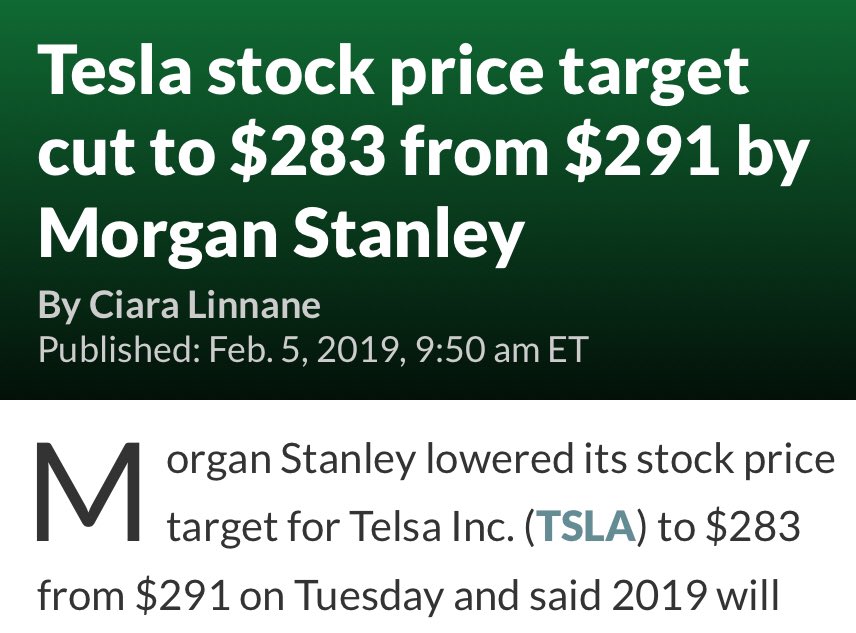How long I hold onto them - and how long anyone should - is entirely dependent on the situation. The leverage on a given call will change over time, even if the stock doesn't. And your assessment of the potential movement for TSLA will change over time. I may hold onto a call for just days, or many months. Depends entirely on the situation.
The main thing I'd recommend is just keep in mind: add leverage when the stock is cheap, decrease leverage when it's expensive. Which of course seems simple and patently obvious, but it's easy to mess up if you're not thinking things through. For example, I proved good at calling the highs late last year, even though I wasn't very confident about the lows. So I'd sell some stock at the highs, let the SP drop by $20 or so, and buy slightly OTM calls - knowing I wasn't buying at the bottom, but hey, the SP was a lot lower than when I sold the stock, so great, right? No, not at all. I was effectively leveraging up at SPs that I wasn't confident were near the bottom. It wasn't the highs that mattered in that situation, it was the lows. A more reasonable strategy - for a person who wasn't confident in the lows - would have been to only add mild leverage (e.g. deep ITM calls), and only leverage up closer to events you feel are likely to move the market. Keeping in mind that if other people think said events will move the market, that'll raise IV and you'll pay a premium for those options, so you may want to leverage up somewhat in advance.
I'd also add: facing a choice between buying $1000 of OTM calls at a SP $X, or $500 of said call at a SP of $(X+20) and $500 at an SP of $(X-20).... go with the latter. You'll end up with a lot more calls if you spread your buys out across a volatile period rather than buying all at once, unless you happen to time the bottom just right.



 ReflexFunds @ReflexFunds
ReflexFunds @ReflexFunds
 Model 3 Guy @Model3Guy
Model 3 Guy @Model3Guy